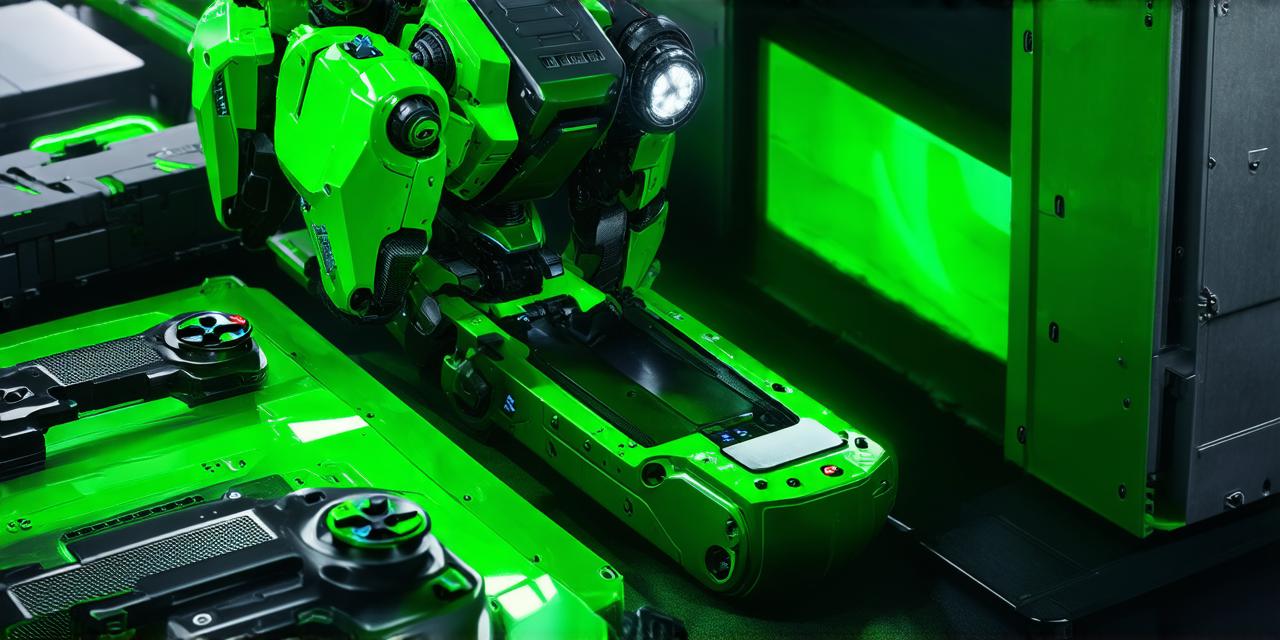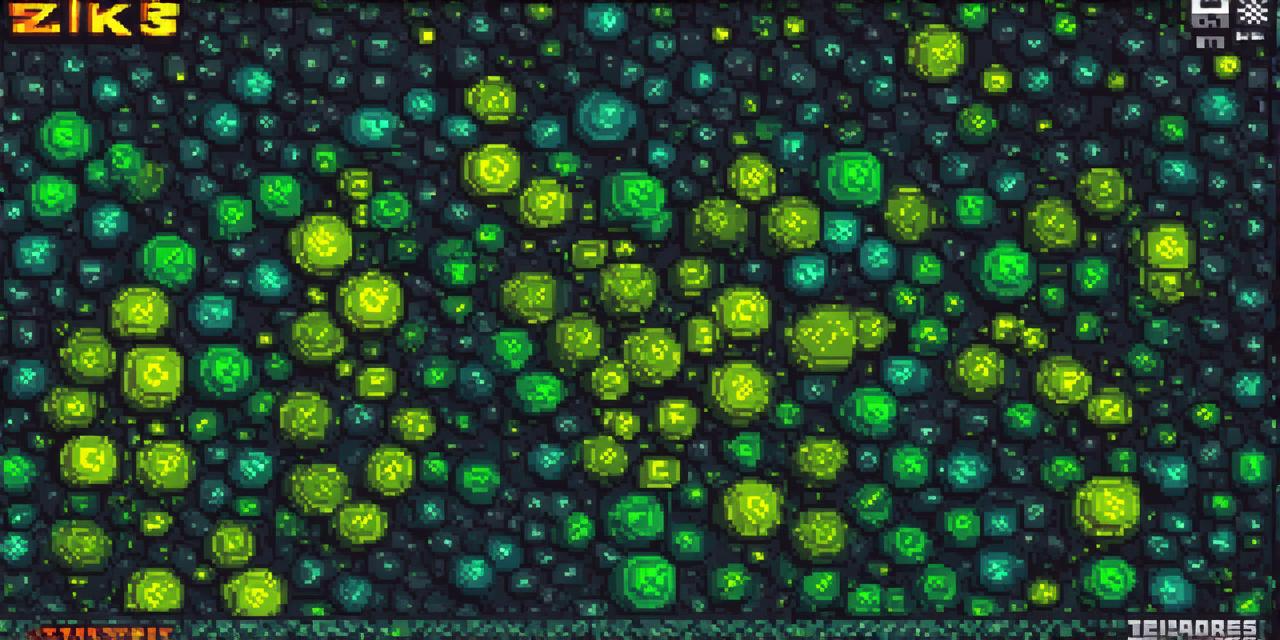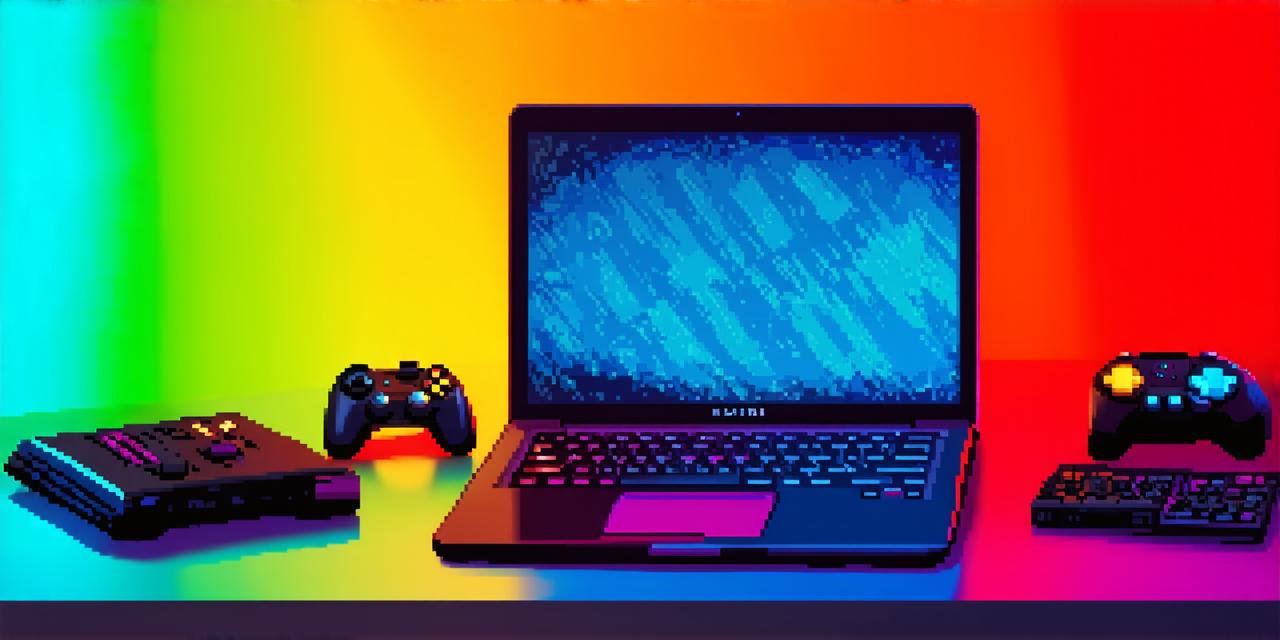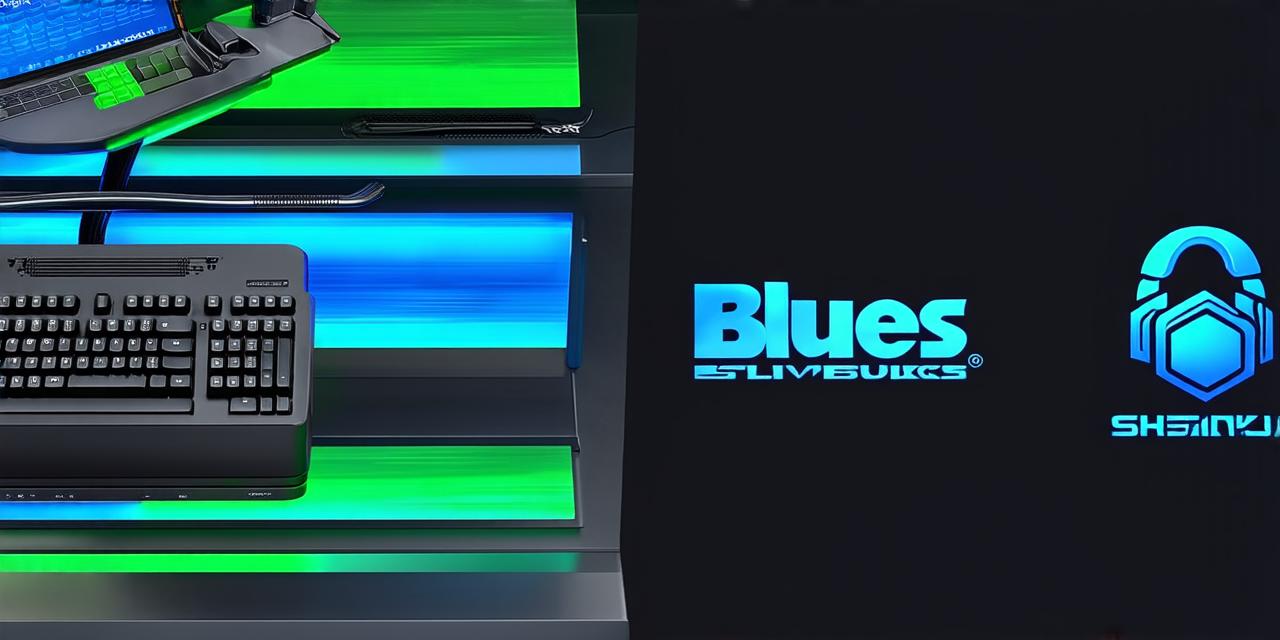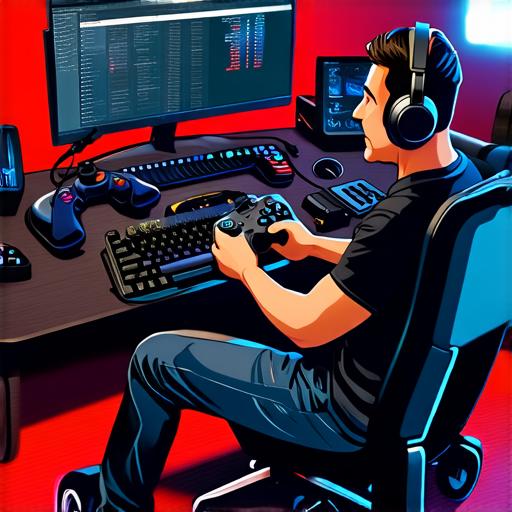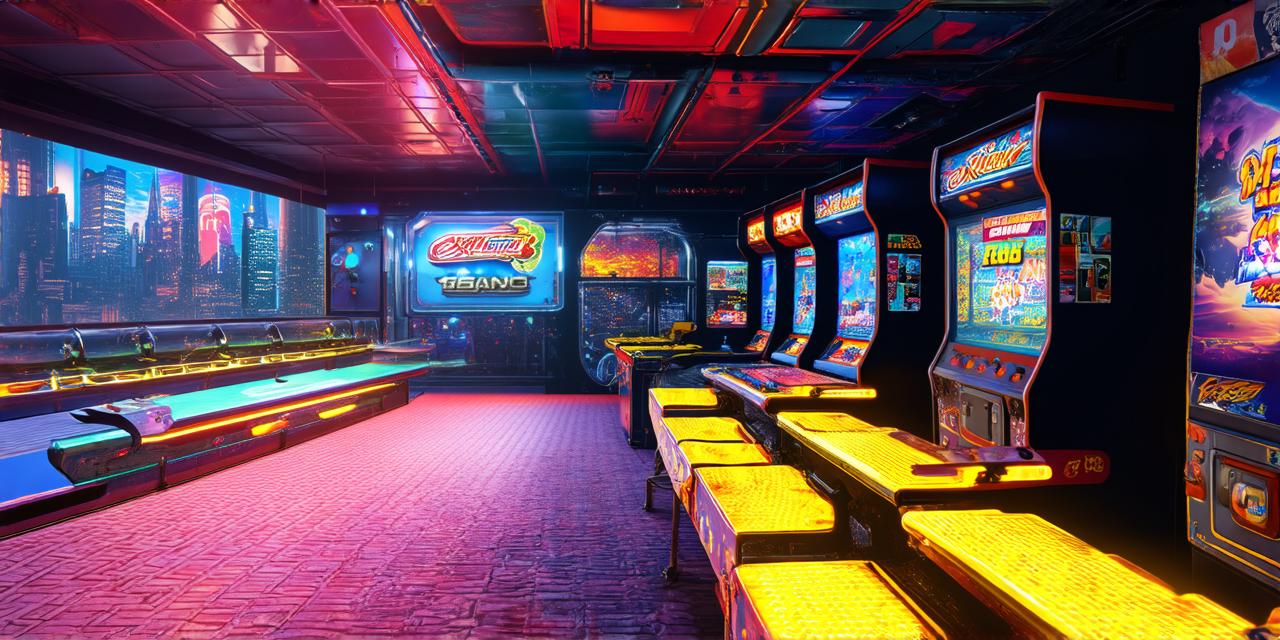What do you need to study to become a video game designer
I. Introduction
Becoming a video game designer is a challenging yet rewarding career path that requires creativity, technical skills, and a deep understanding of various aspects of game development.
A. Brief overview of the video game industry
In this article, we will explore what you need to study to become a video game designer and how to optimize your learning process for maximum success.
B. Growing demand for skilled video game designers
The video game industry is a rapidly growing field that has captured the imagination of millions around the world.
C. The role of video game designers in game development
With the increasing demand for skilled video game designers, this career path offers a unique opportunity for individuals who are passionate about creating immersive and engaging gaming experiences.
II. Technical Skills Required for Video Game Design
Video game designers must have a strong foundation in programming and coding languages such as C++, Java, Python, and JavaScript. This knowledge enables them to create custom scripts and algorithms that are optimized for game performance and user experience.
A. Programming and coding skills
Proficiency in art and design software such as Adobe Photoshop, Illustrator, 3D modeling tools like Blender and Maya, and game engines like Unity and Unreal Engine is essential for creating visually stunning game assets and environments.
B. Art and design software proficiency
A deep understanding of 3D modeling techniques and principles, including geometry, texturing, lighting, and animation, is crucial for designing dynamic and believable in-game characters and objects.
C. Understanding of 3D modeling and animation
Knowledge of popular game engines like Unity, Unreal Engine, and CryEngine, as well as their various tools and features, is necessary for building and deploying games across multiple platforms.
D. Experience with game development methodologies
Video game designers should be familiar with Agile, Scrum, and other project management methodologies to ensure timely and efficient delivery of high-quality games.
E. Knowledge of data structures, algorithms, and optimization techniques
A strong grasp of data structures, algorithms, and performance optimization techniques is vital for creating efficient and scalable game systems that can handle complex gameplay mechanics and large amounts of data.
F. Experience with debugging and troubleshooting
Video game designers must be adept at identifying and resolving bugs and issues that arise during game development to maintain a smooth and enjoyable gaming experience for players.
III. Soft Skills Required for Video Game Design
A creative mindset is essential for designing unique and engaging gameplay experiences that captivate and entertain players.
A. Creativity and innovation
Strong communication and collaboration skills are crucial for effectively conveying design ideas to team members, stakeholders, and clients.
B. Communication and collaboration skills
The ability to identify and solve problems quickly and efficiently is a key skill for video game designers, as they often face complex challenges during the design process.
C. Problem-solving abilities
Effective time management and organizational skills are necessary for meeting deadlines and managing multiple tasks simultaneously while maintaining a high level of productivity.
D. Time management and organization skills
Video game designers must be adaptable and flexible in their approach to design, as requirements and constraints may change throughout the development process.
E. Adaptability and flexibility
A meticulous attention to detail and accuracy are critical for ensuring that game assets and systems function correctly and provide a seamless user experience.
F. Attention to detail and accuracy
A genuine passion for video games and game development is essential for driving creativity, innovation, and dedication in the pursuit of excellence in game design.
G. Passion for video games and game development
IV. Educational Paths for Becoming a Video Game Designer
Pursuing a bachelor’s degree in a relevant field provides a solid foundation in computer science and game design principles, as well as opportunities for hands-on experience through internships and capstone projects.
A. Bachelor’s degree in computer science, game design, or related fields
A master’s degree offers advanced coursework and research opportunities, enabling students to specialize in specific areas of interest and develop a deeper understanding of the industry.
B. Master’s degree in game design or related fields
Online courses and bootcamps provide flexible and affordable options for individuals who want to learn game design skills at their own pace, without the commitment of a traditional academic program.
C. Online courses and bootcamps
Utilizing tutorials, forums, and other online resources can be an effective way for aspiring designers to gain knowledge and practice their skills independently.
D. Self-directed learning through tutorials and online resources
Participating in internships and apprenticeships offers valuable hands-on experience and mentorship from industry professionals, helping individuals build their portfolio and establish connections within the field.
E. Internships and apprenticeships
Joining game jams and hackathons provides opportunities to collaborate with other designers, develop prototypes, and showcase work to potential employers and investors.
F. Participation in game jams and hackathons
V. Case Studies
A. MMO Development: Designing a massive multiplayer online (MMO) game requires a deep understanding of player behavior, scalable systems, and effective monetization strategies.
A. MMO Development
Creating mobile games that are optimized for touchscreens and limited resources requires a unique set of skills, including intuitive controls, simplified gameplay mechanics, and efficient use of resources to ensure smooth performance on various devices.
B. Mobile Game Design
VR design presents new challenges and opportunities for creating highly immersive gaming experiences. Designing for VR requires a strong understanding of human-computer interaction, motion sickness prevention, and optimizing performance for varying hardware specifications.

C. Virtual Reality (VR) Design
VI. Conclusion
Becoming a video game designer is a challenging yet rewarding career path that combines creativity, technical skills, and passion for gaming.

